The Article
R5 Music System from Ruark
17th April 2020
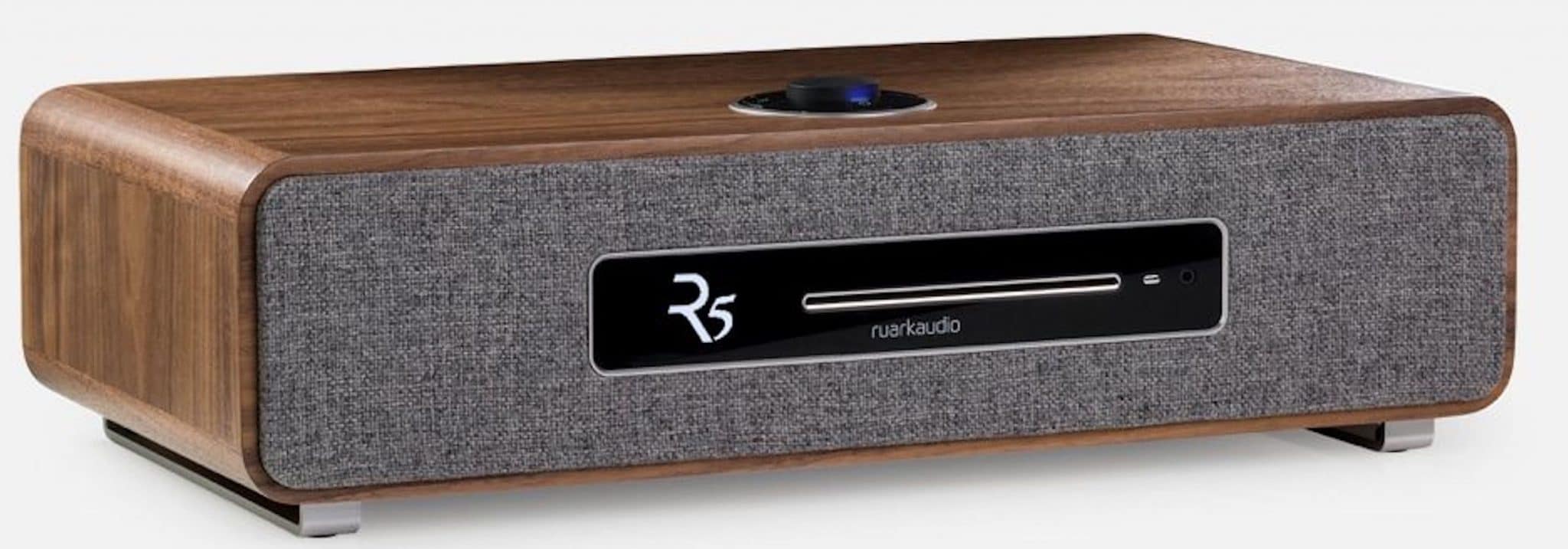
Looking for a compact all in one system offering a range of internal and external source options? Paul Rigby might have the answer for you…
There is a popular image out there that when audio equipment is termed ‘hi-fi’, that means fancy smanshy turntables, hulking great amplifiers, sometimes adorned with valves that are not only large enough to accommodate advanced technology but also you, the wife, kids and cat. And then there’s the floorstanding speakers packed with 13,000 speaker cones that, when turned on, are powerful enough to push the Earth out of the Sun’s orbit.
It’s a cliche that’s not born out by or even supported by reality. Nor does that image even go part way to explaining the wide array of sonic requirements that are needed by music fans.
Hi-Fi equipment really does arrive in all sorts of sizes and price points while supporting a host of sound formats. Why? Because we’re human, that’s why. We are complex beings that have complex lives and need to listen to music in a variety of ways.
I do have a large, complex hi-fi reference system, yes, but if that’s all I had to hand to listen to music, I’d go potty. I also need compact music systems, luggable and portable options and more!
And then there’s a host of music fans out there that care not a jot for hi-fi anything. There are lots of music fans out there who just want a quick, easy to use, simple to operate box that makes a nice noise.
Ruark hopes to please all of the people, all of the time with its R5, which it describes as a High Fidelity System…a very 70s, yet nicely nostalgic term.
This compact yet stylish box can connect to a host of external technologies including aptX HD Bluetooth, Internet services such as Spotify, Amazon Music, Deezer and Tidal plus more via its analogue and digital inputs.
But we’re getting ahead of ourselves here.
The basis of the system are a pair of 75mm full range drivers plus a 125mm active, long throw subwoofer, supported by a 90W Class A-B amplifier. You can tweak the basic sound with traditional tonal controls such as bass, treble and sub. There’s also a loudness control in there. Again, that 70s feeling raises its head because tone control were all the rage back then.
One sop to modernity is a 3D sound option which is more “immersive” and “involving”, whatever that means. I’ll take a closer look at that later.
Around the front, you’ll see a slot for the CD player that supports audio and data plus text support when available. A dinky eject button lies to the right of the slot.
Wireless play can be had from DNLA and network attached storage devices. The R5 can also be set-up as part of a multi-room system with up to seven other units in the home. They don’t have to be R5 models either, you can mix and match Ruark kit here.
RADIO
You’d expect radio facilities from the product like this and they’re all there including FM, DAB, DAB+, RDS and Internet radio. There’s 30 presents including 10 for each radio type.
One nice addition to the Internet radio option that I don’t always see is, if you select BBC Radio 4, for example, you’ll also have the option to access Podcasts for BBC Radio 4. Once selected, there’s a scrollable list of available podcasts relating to the station. In broad terms, Podcasts from any source can also be searched via genre, location, search and more. Useful.
Station information along with any other readable notice can be examined via the front OLED display that can be altered for brightness. This screen is easily read, remaining legible at a distance of several feet.
On the rear is a phono amplifier for turntable attachment, and optical port, analogue inputs, RCA outs and a USB charge/playback port. There’s Ethernet which will be handy for Internet radio and music services while a 3.5mm headphone socket can be found at the front of the chassis.
Finished in grey or walnut, the unit can be controlled by the very nice Rotodial that sits at the top of the chassis. Mirrored is a replica Rotodial that serves as a separate remote control. This is supplied in the box, along with a button battery that is inserted into the rear. Just pull off the magnetic backing to insert.
The fixed and portable Rotodials are really the crown jewels of the Ruark system because they are stylish, provide compact and positive, clickable buttons and, for the portable version, feels firm and solid in the hand while remaining light in weight.
The Rotodial features a rotary dial that can be pressed in to select, CD-type transport buttons a Back button, Menu, Source and Preset. All the essentials are here.
Useful system changes include changing the quality of any streaming music, ideal if your broadband link is not the strongest.
After switch on, you’re presented with a useful Wizard to take you through the set up routine while an Update option checks out any new internal software releases, network connections and pairing of the remote control unit which does not need line of sight to operate.
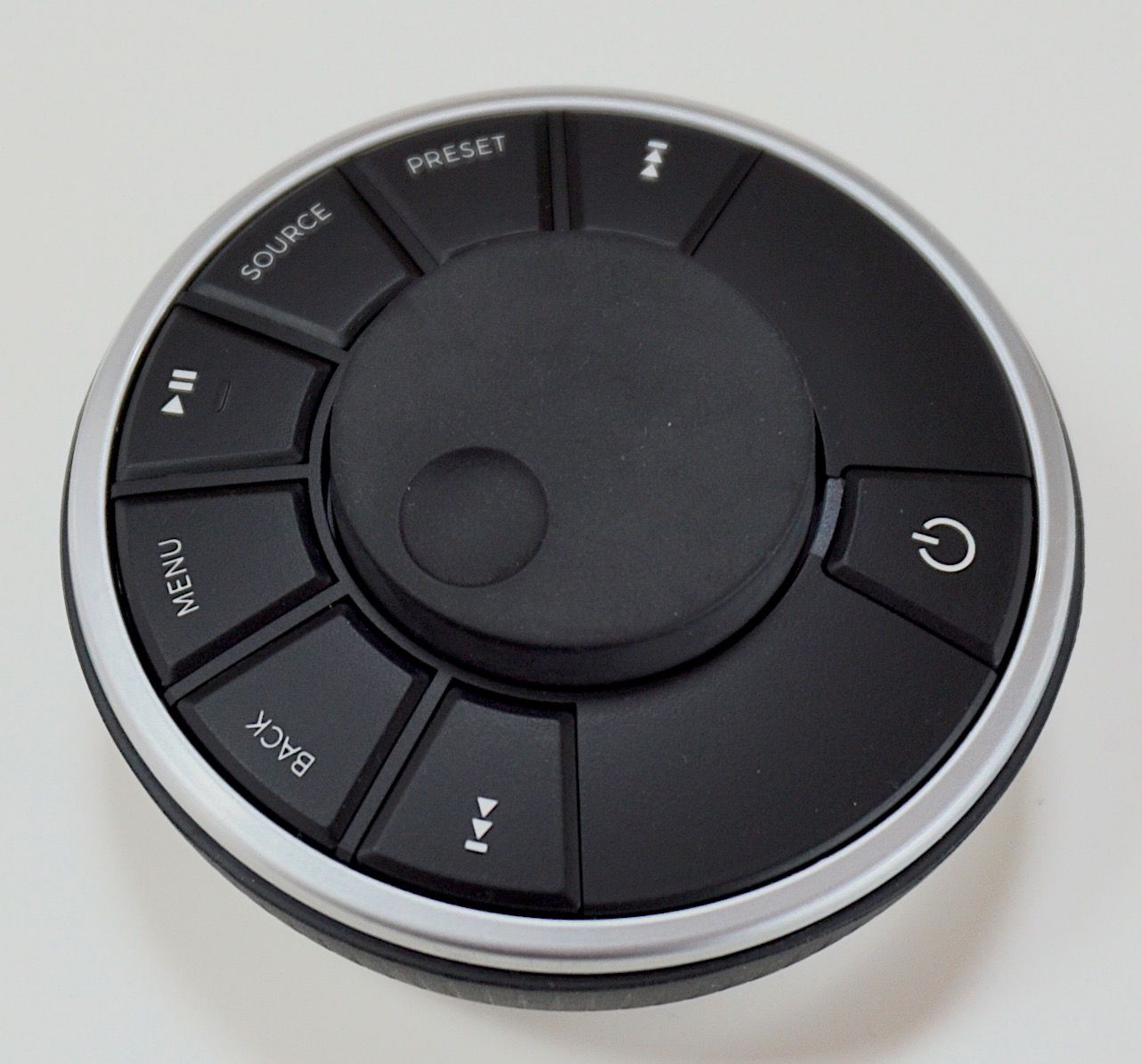
Spanning 142 x 520 x 300mm, the R5 weighs in at 9.5kg.
SOUND QUALITY
I began in a slightly left-field manner for this box because the test proceeded with, of all things, vinyl. I plugged my Rega Planar 1 into the rear-mounted phono sockets, playing a mixture of jazz and rock.
I placed the R5 in a large listening room and sat the unit on top of a hi-fi shelving unit, placing it at a typical speaker distance from my listening chair and was happy to hear that the sound filled my room. The output wasn’t shy at all. Pushing the sound hard in terms of gain did, as you might expect for a luggable unit like this, introduce a hint of strain but at normal listening levels the general output was on the warm side of neutral although there was plenty of information on offer here.
Then I realised that the Loudness option was defaulted to the On position. Turning that off, the output was much more balanced and open in terms of midrange performance.
Then I realised that the 3D option was also defaulted to On and I turned that off too. Immediately, the soundstage shrunk dramatically.
With both of these options in the Off position, the sound was far more neutral in terms of presentation but I think the R5 needs the 3D sound ‘On’ here. As such, music emerges from a larger platform, sounds more impressive and offers more of an event. In the ‘Off’ position, the sound output can give a slightly weedy effect as it sneaks, almost apologetically, from the chassis.
Similarly, as much as I despise tone controls, there actually is a place for the Loudness control, especially in rock. I’m almost aghast and embarrassed to admit it, though.
Listen to classical and jazz with both effects ‘Off’ and see what you think. I would have 3D ‘On’ (some will prefer the 3D ‘Off’ here to enhance focus and I can see that too) and Loudness ‘Off’ myself to enhance accuracy and precision from these genres but take a listen yourself, the A-B comparison is very simple and easy to perform.
In short, both of these options are useful additions to your sonic armoury, especially for a lifestyle product like this. Good to experiment with.
Addressing the phono amplifier specifically? Cymbal splashes were rolled off, brass was restricted in terms of dynamic reach and the soundstage was naturally a little restricted yet bass was firm, punchy and powerful while the midrange remained admirable in terms of detail extraction.
I point an initial finger at the built-in phono amplifier for at least some of the sonic issues here. An external model would be preferable and, if you plan to leave a turntable hooked up to the R5, I’d advise budgeting for an external phono amplifier, something in the £60-£100 area would do fine from the likes of Pro-Ject or Rega. The internal model is fine to get you underway, though.
Turning to DAB, I listened to BBC 6 Music and, within the restrictions of the inherent DAB technology (DAB is such a poor radio carrier format, I have to say), was pleased with the sonic output (at least in relative terms). Again, I preferred 3D and Loudness ‘On’ here. I think radio particularly suites a warming effect, especially on DAB and from high energy music.
Listening to BBC Radio 3 via the superior Internet radio and a selection of choral music, I turned Loudness to ‘Off’ to enhance air and space around the midrange and, while 3D as ‘Off’ enhanced accuracy, turning to ‘On’ produced a sense of grandeur that impressed. Again, personal taste will weigh heavily here.
FM reception wasn’t the best, at least from my location. A roof-mounted aerial would have been much more preferable and that was unavailable in my location.
I then played a selection of The Pet Shop Boys ditties via Bluetooth and Qobuz (3D ‘On’ and Loudness ‘Off’) and found the presentation open, airy and informative within the midrange, bass was focused and punchy. Frequencies were well displinced, I didn’t experience any noticeable blooming bass or barking mids while there was enough reverb spinning off treble to add to the airy nature of the music.
I then played Great Big Boy from Leo Kottke on CD, vocals and guitar picking with occasional percussion. CD proved to be the best sounding source thus far in this test offering a nice sense of accuracy around the vocal diction with tight, focused rim shot percussion, a metallic ambience from acoustic guitar string plucks and a while there was no real depth around the stereo image, there was a sense of clarity there.
I was also impressed with singer-songwriter, David Elias’ 16bit/44.1kHz sound file, played from USB and accessible via the Music Player source option on the R5. The sense of clarity was obvious here along with the air infusing the midband and the dynamic reach both upwards to find the finer edges of the Elias’ own finger plucking acoustic guitar work and the depths from the upright bass playing at the rear of the mix.
CONCLUSION
There is a side to this review which keys into a slightly irrational nostalgia thing. When I was a child, my family had an old 70s-era Grundig radio which offered a very warm, rich, chocolate tone to the radio that fitted the voices and music of the time perfectly. Oddly, that also exhibited a long and low design format with a cloth grille. So I’m reminded of that when I look and listen to the R5’s radio output: Loudness control and 3D effects set to ‘On’.
With the Loudness ‘Off’ and the 3D ‘On’, though the R5 does sound modern, relatively focused and clear in presentation for an all-in-one luggable lifestyle product.
In this mode, all of the internal and external sources tested here performed very well indeed, providing a neutral and relatively balanced output with lots of detail and a firm bass foundation.
The Ruark R5 is not really an audiophile product, it serves a lifestyle audience but it does so with a high degree of style and efficiency. The R5 provides excellent value for money, it’s a breeze to set up and use, looks rather stylish, fits well in any decor and tantalises the ear. It’s also welcome back in my home, any time.
RUARK R5 HIGH FIDELITY SYSTEM
Price: £999
Website: www.ruarkaudio.com
TO BUY CLICK BELOW:
EUROPE – https://amzn.to/3ejWmwT
GOOD: fully featured, easy to use, compact, useful EQ settings, general sound quality
BAD: nothing
RATING: 8
REFERENCE
iPhone 8
Tivoli PAL+ BT radio

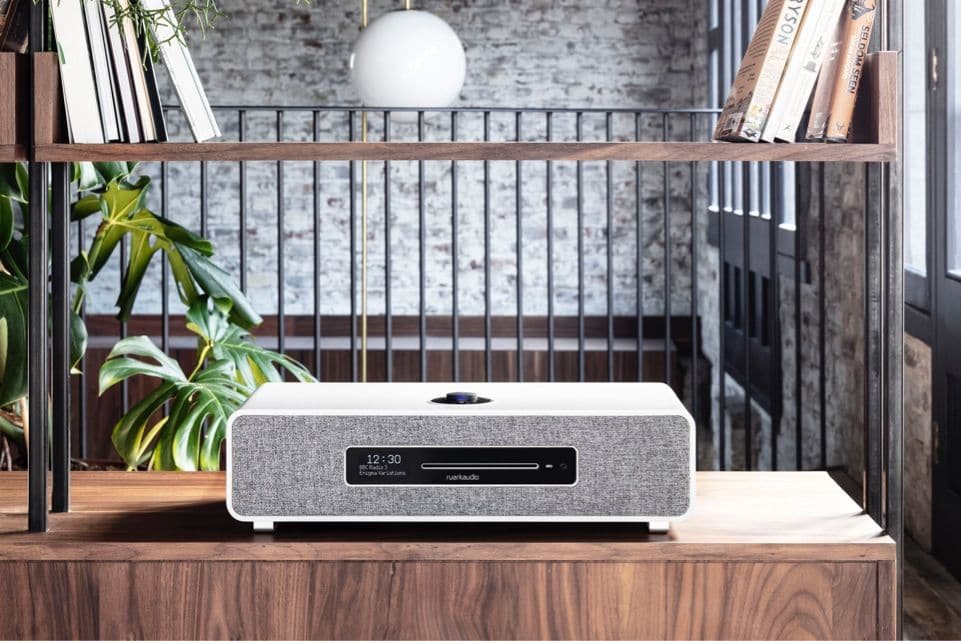
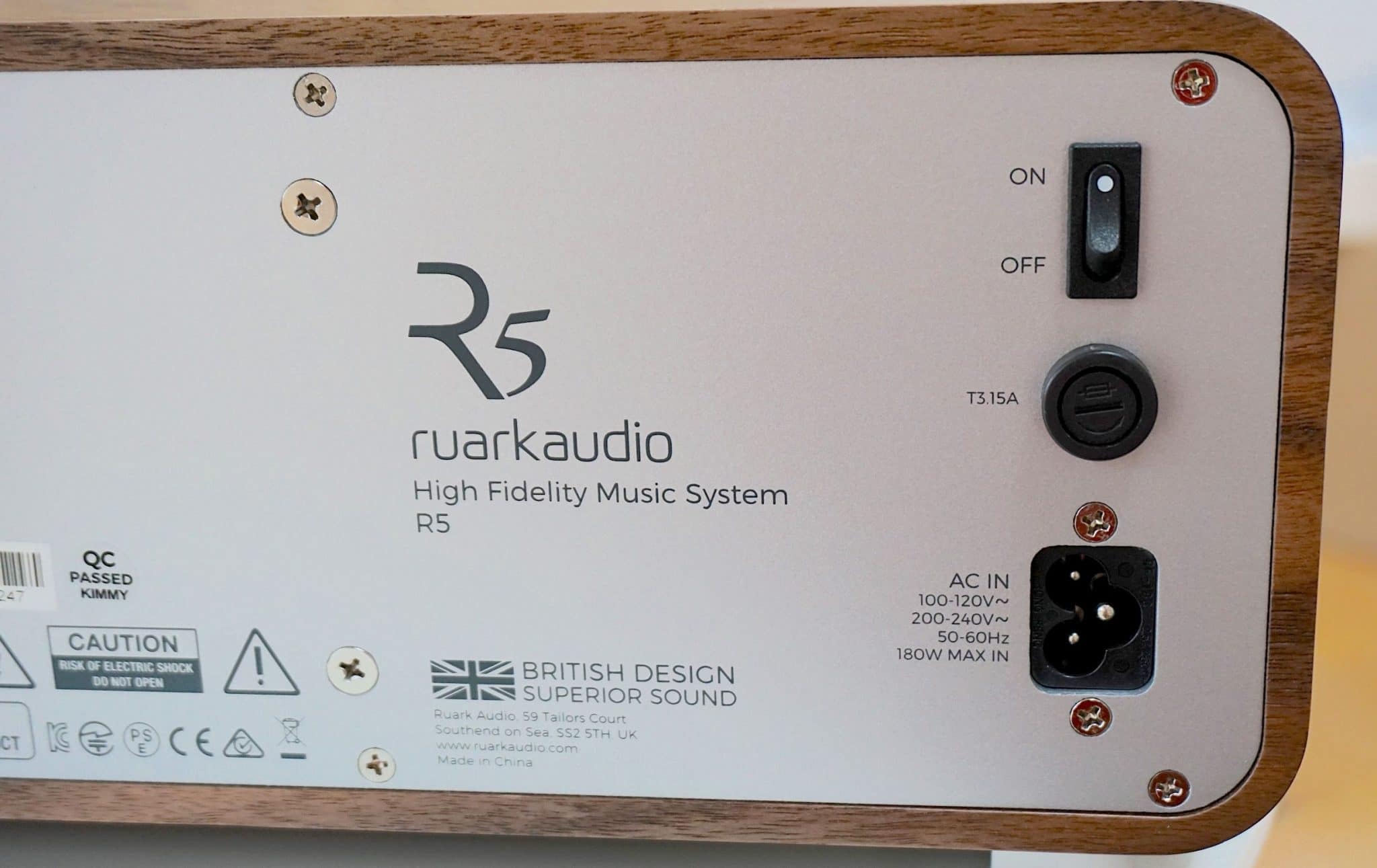
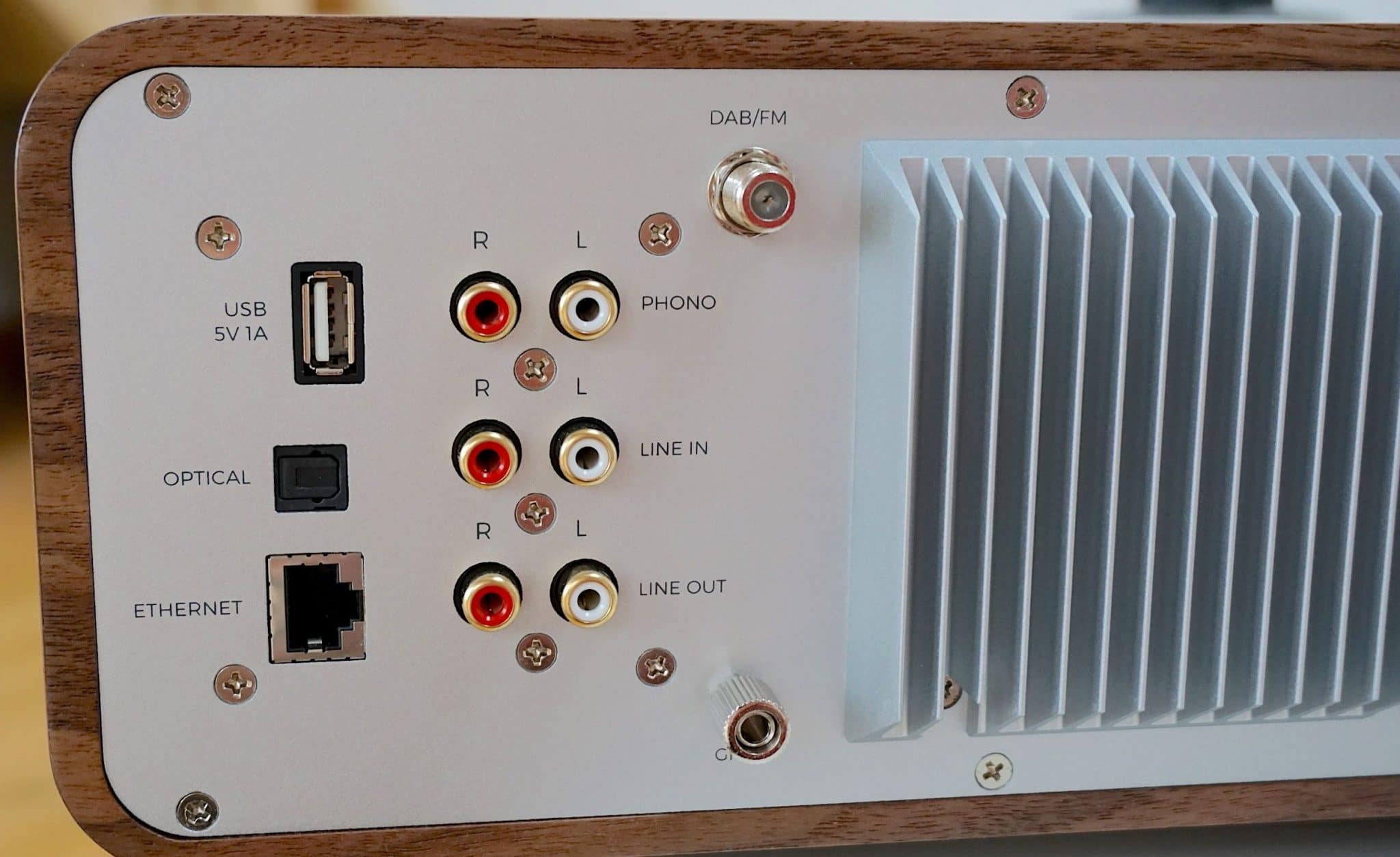
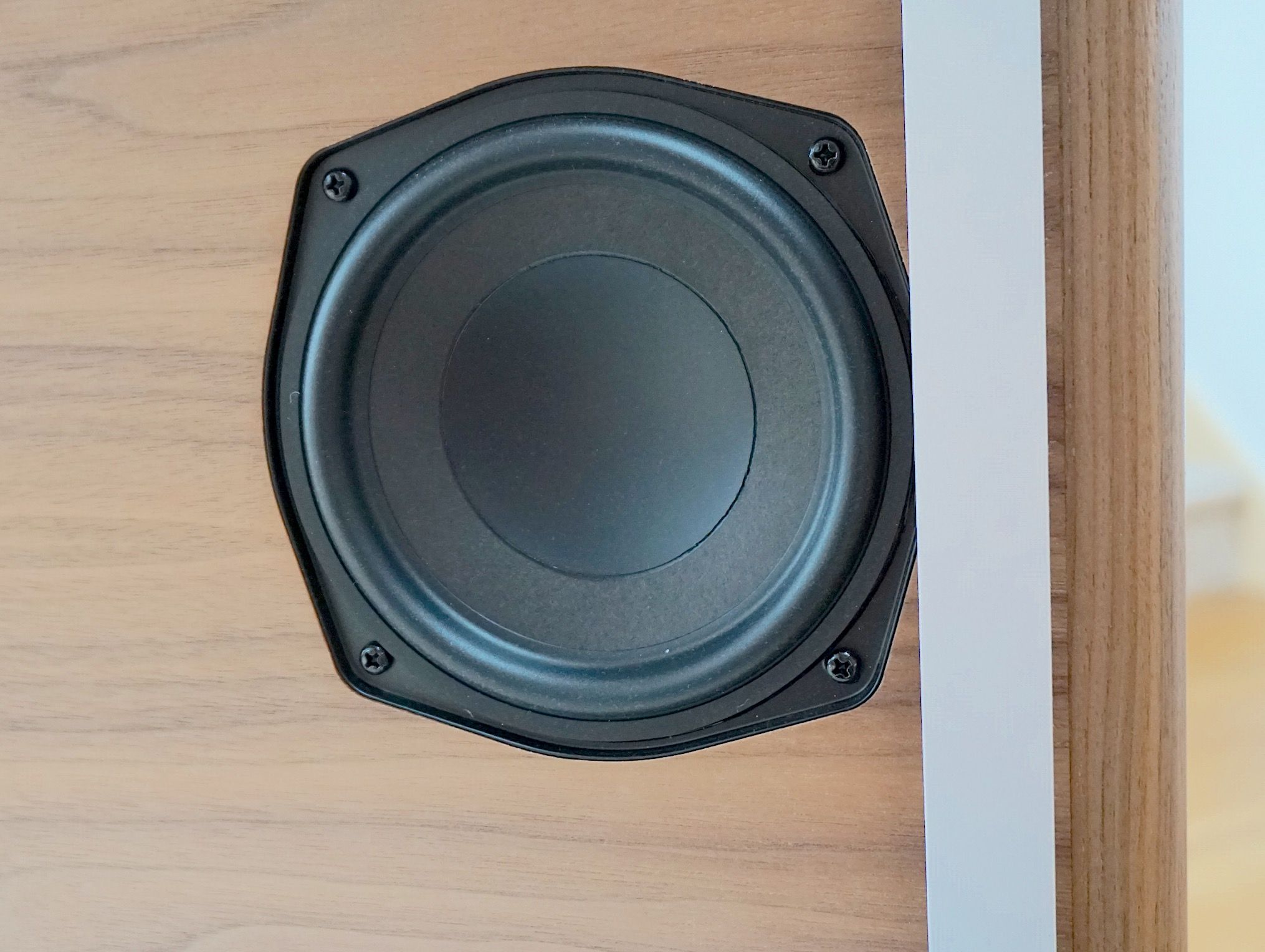
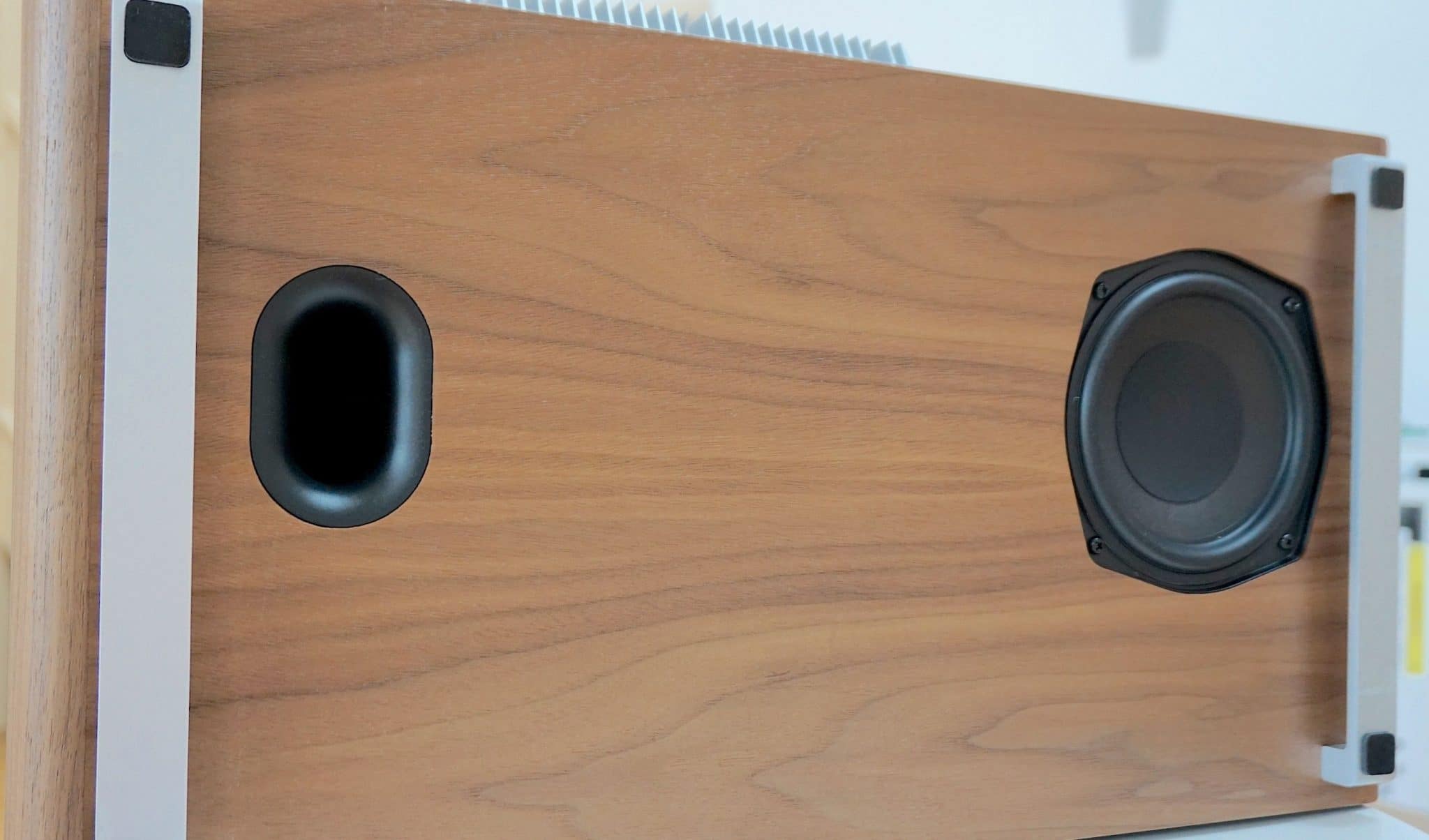
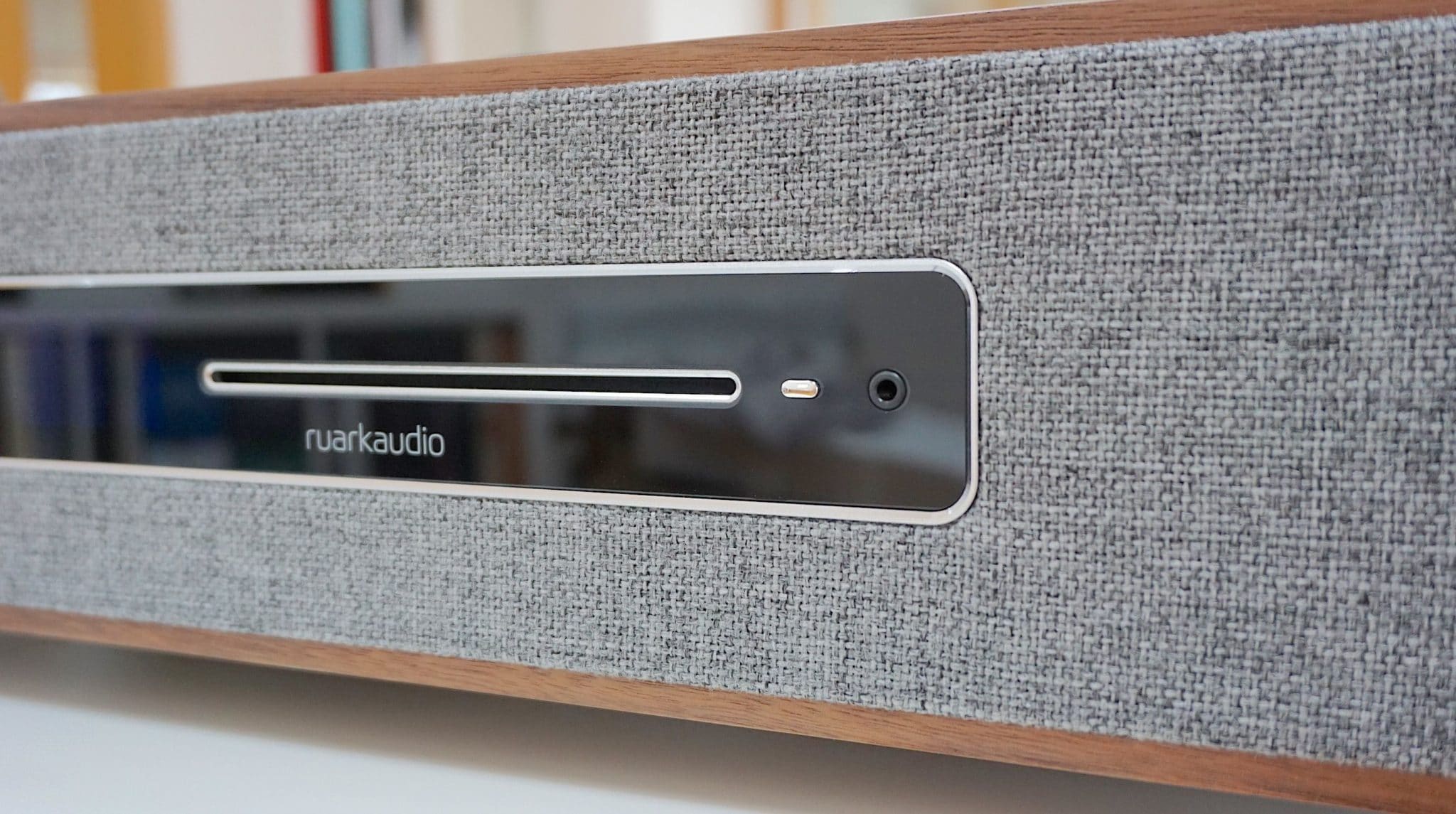
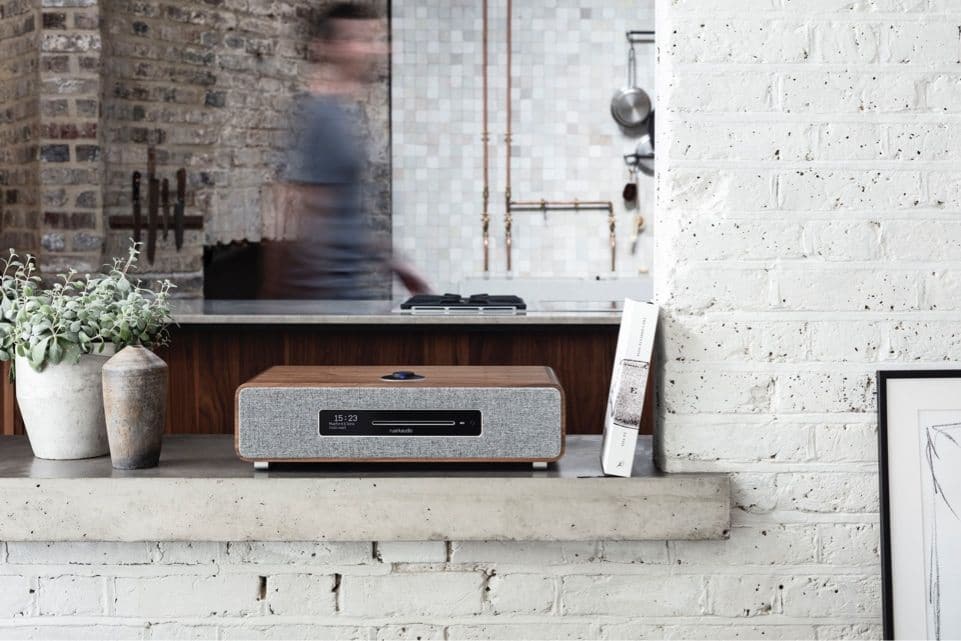
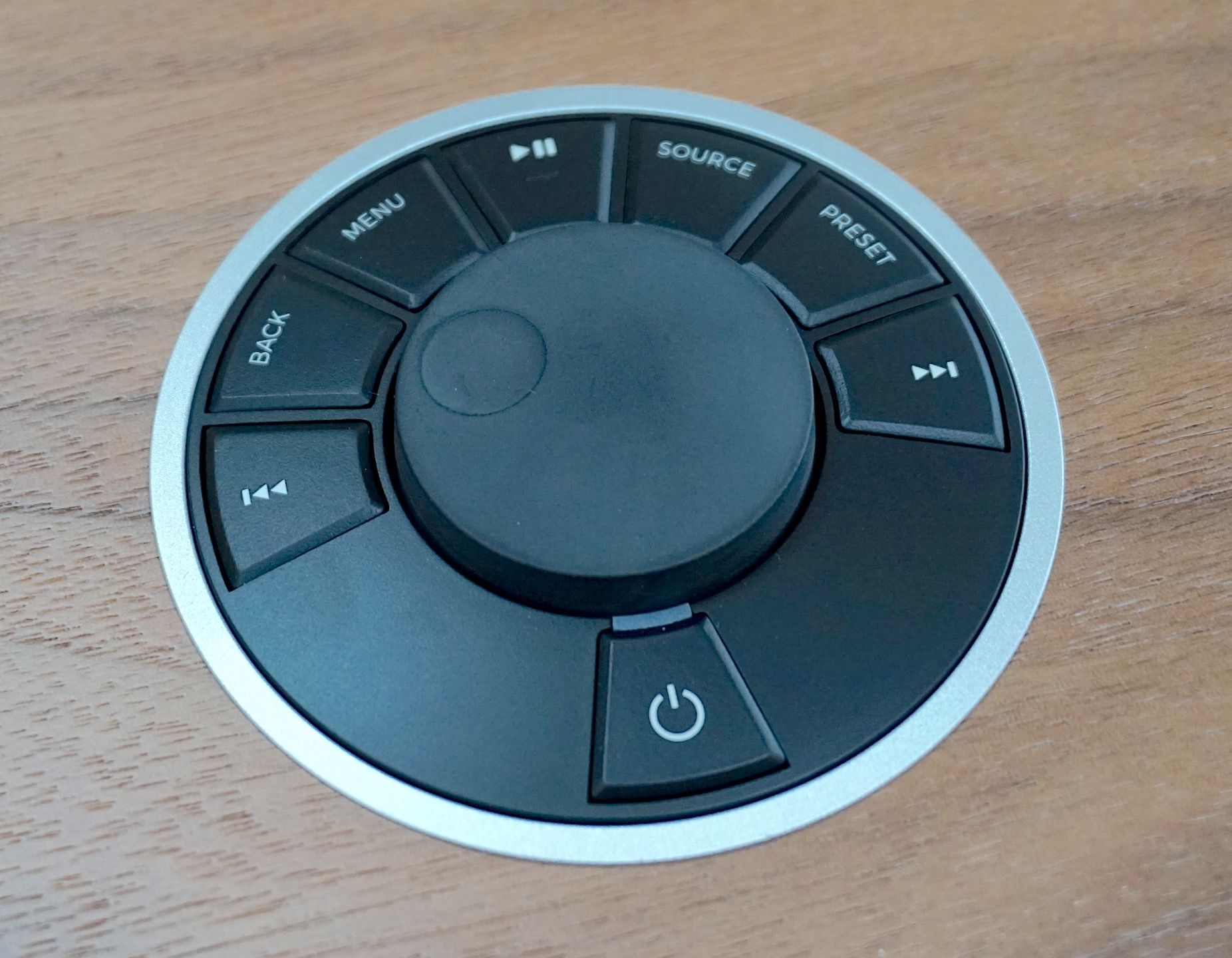
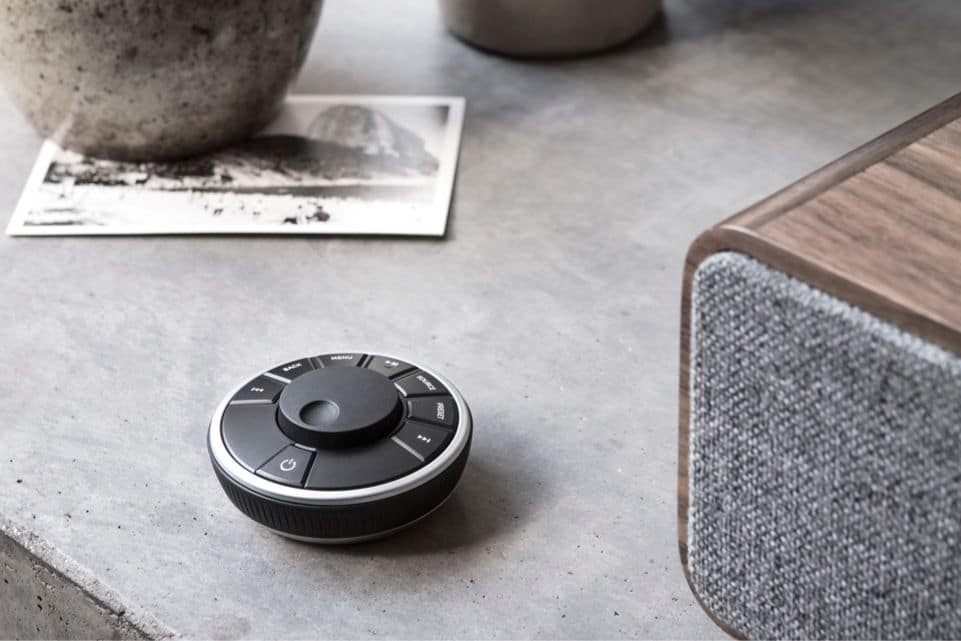
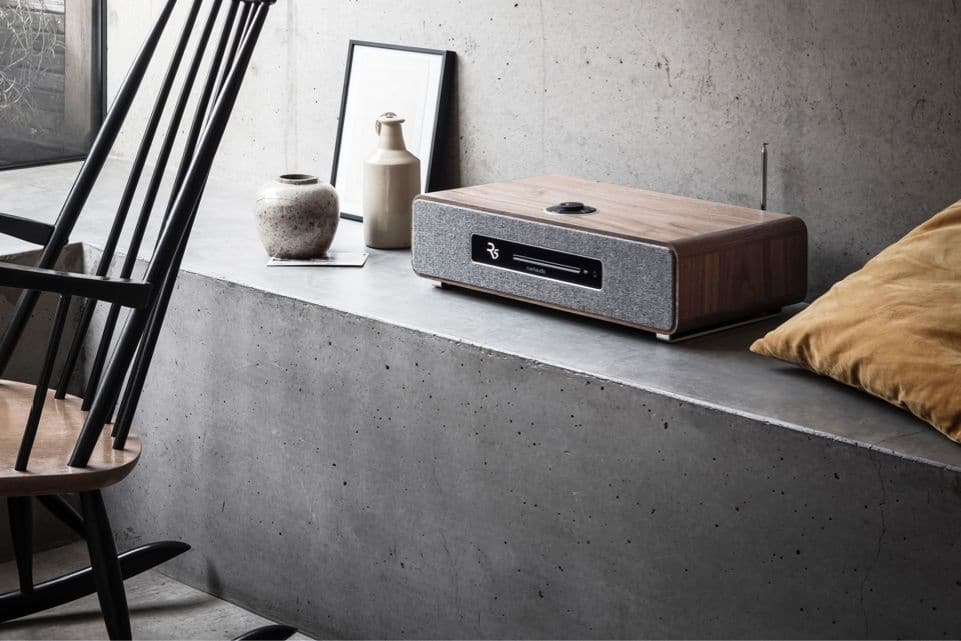
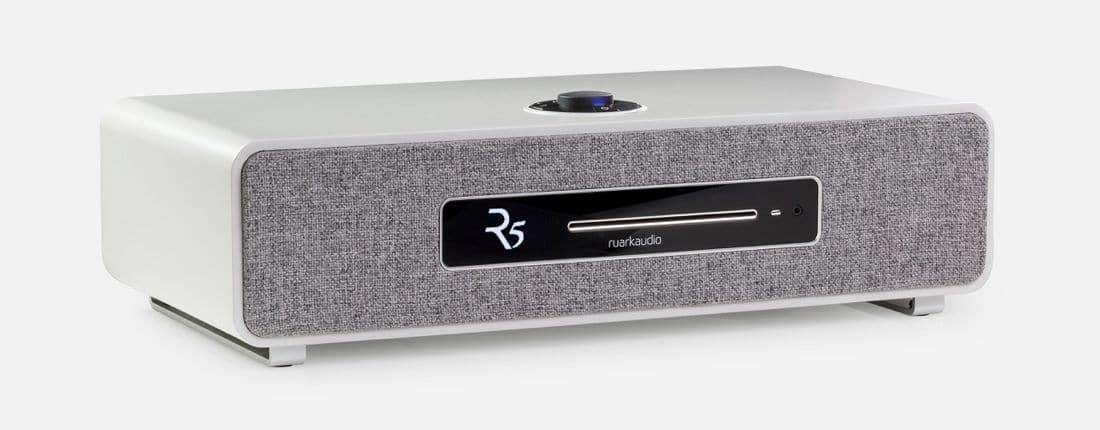
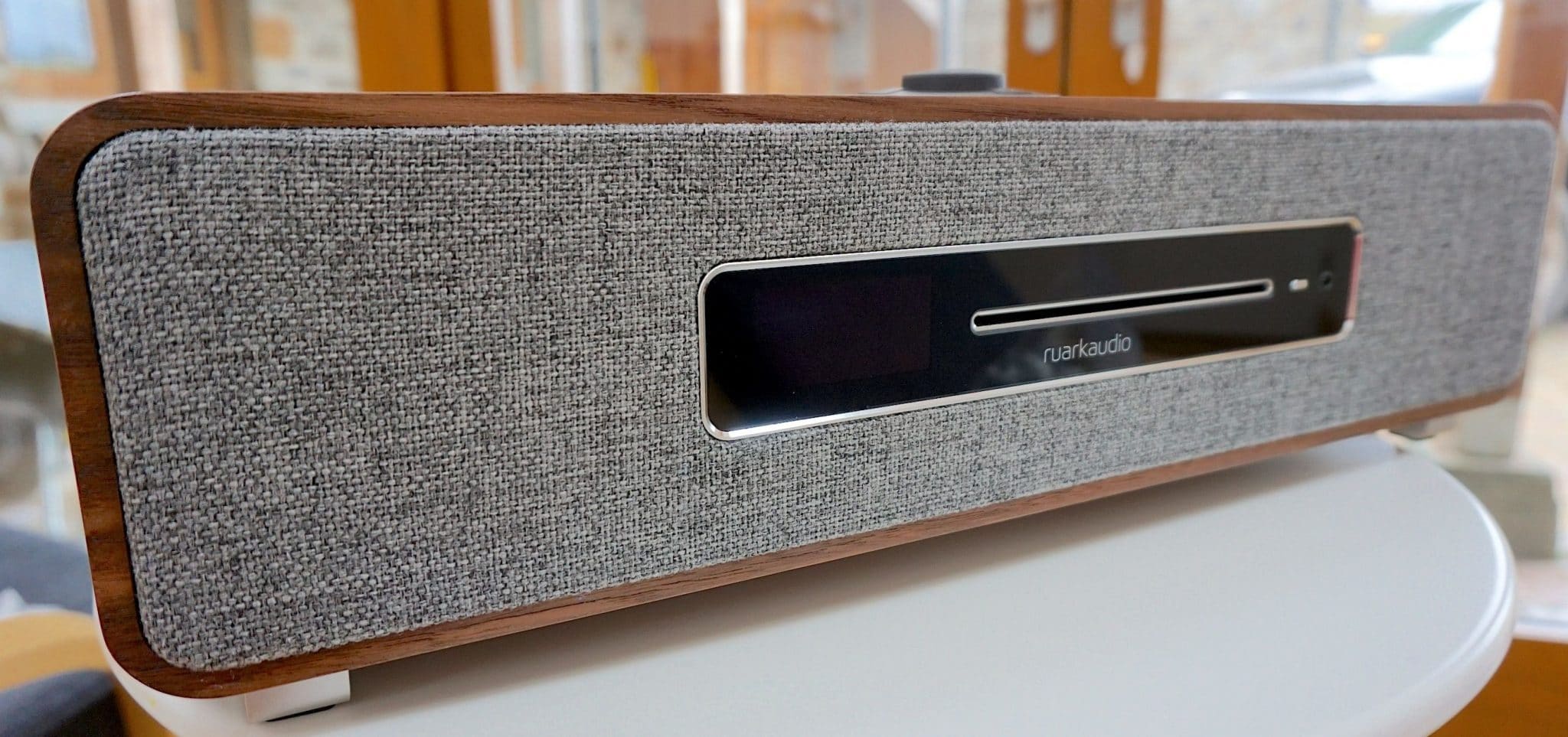
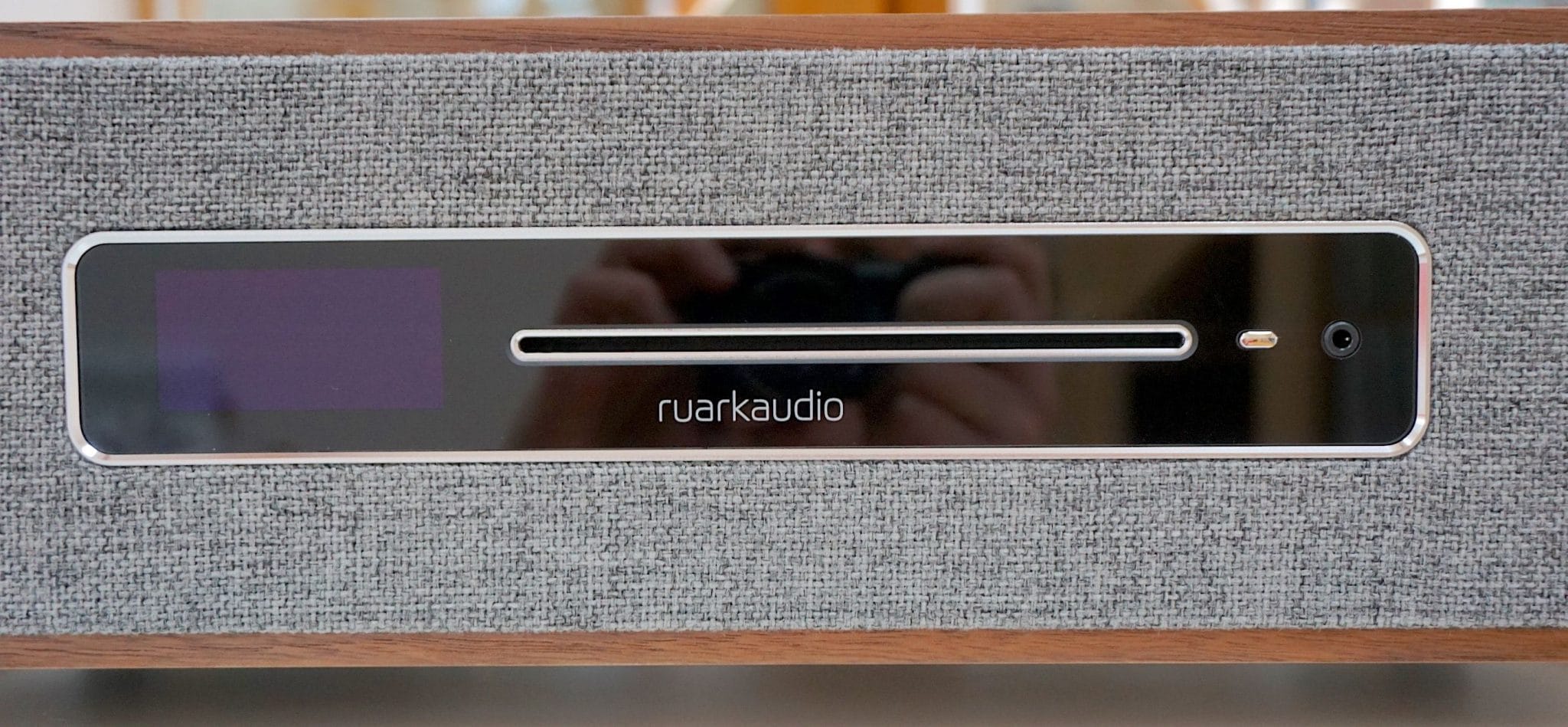


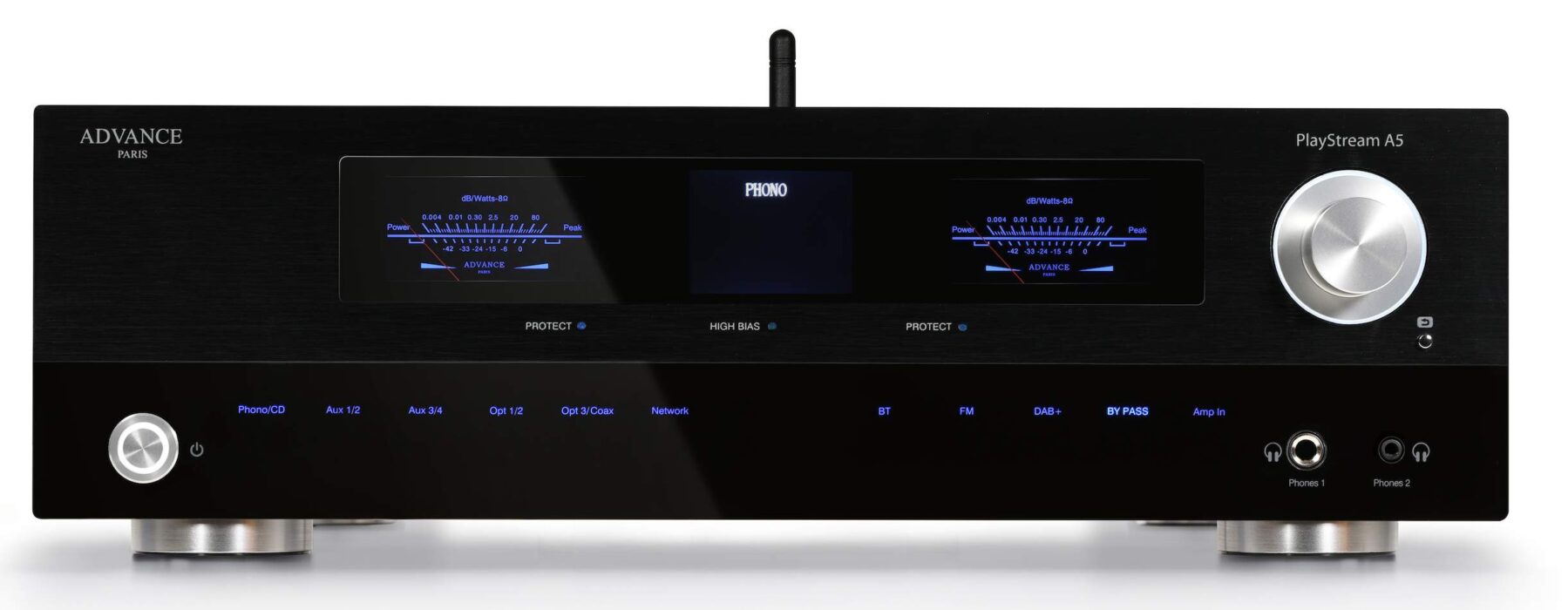
What IS this aversion to tone controls?
The best thing I ever did for my headphone setup was include a Schiit Loki tone control to the mix.
Because a hifi brand should produce an audio component that is excellent from the off, one that doesn’t need tone controls. The tonal balance should be delicately constructed, out of the box. The blend of upper and lower frequencies should already be finely tuned. The sound quality should already exhibit finesse and delicacy. To an extent that any outside fiddling will damage it. If you find yourself reaching for a set of tone controls, that’s an admission that all is not well in the first place. Using tone controls is the same as reaching for a new set of cables because your hifi sounds too bright. It’s treating the symptoms instead of the root cause.